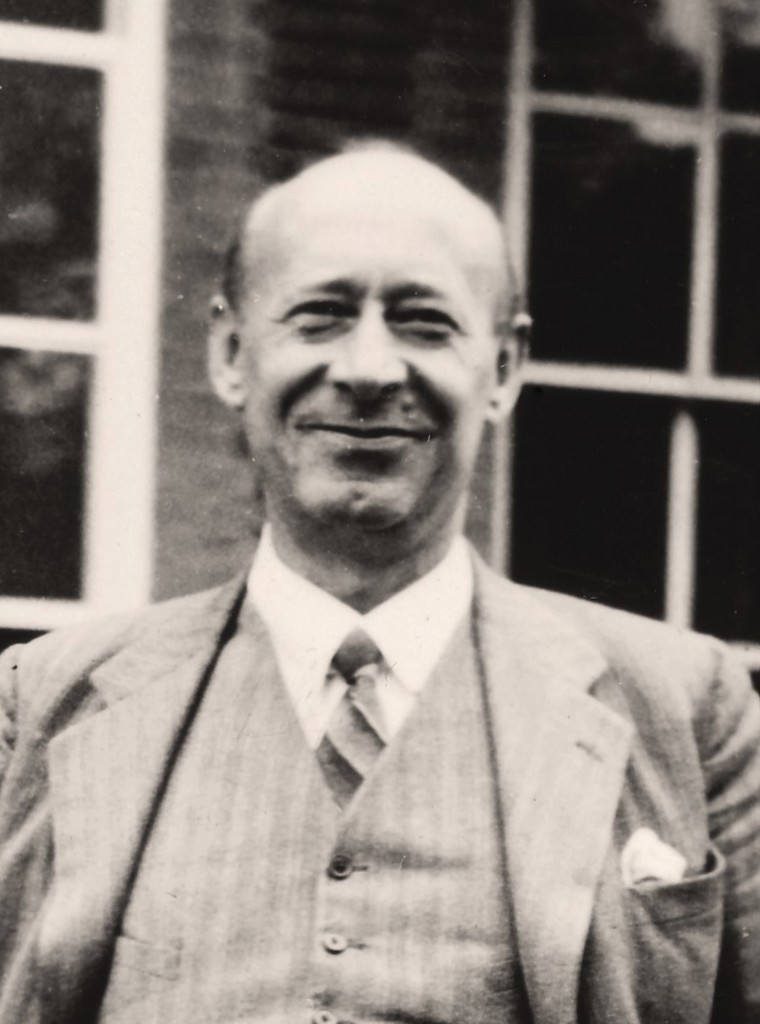Thomas Smith

British physicist Thomas Smith was born in 1883 and earned a bachelor’s degree from Cambridge University in 1905. After a year of teaching he decided to pursue experimental work and joined the National Physical Laboratory (NPL) in 1907.
With his background in mathematics he began working on the tide-predicting machine developed by Lord Kelvin, which was then housed at NPL. However, while still a student at Cambridge, Smith had developed an interest in geometrical optics, and, when a small Optics Division was created at NPL in 1910, he was put in charge of it. While working at NPL he earned his master’s degree.
By the time Smith retired in 1948 as superintendent of the large and flourishing Light Division, its scope included photometry, colorimetry, radiometry and polarimetry, as well as general optics. He remained active in his personal research, which was almost entirely focused on geometrical optics. Smith was the first to appreciate the advantages in optical design of using calculating machines instead of logarithms, and he developed algebraic methods of ray tracing in place of traditional trigonometric methods.
Smith published many papers on every aspect of optical design. He was a fellow of the Royal Society and active in many scientific societies. He was president of the Optical Society (London) and the Physical Society (London). He was a founder of the Institute of Physics and the first president of the International Commission for Optics.
Smith died November 28, 1969.
Document Created: 26 Jul 2023
Last Updated: 28 Aug 2023
